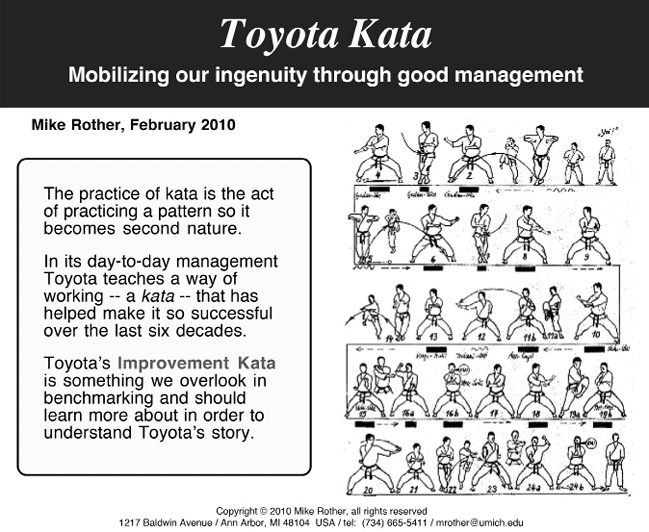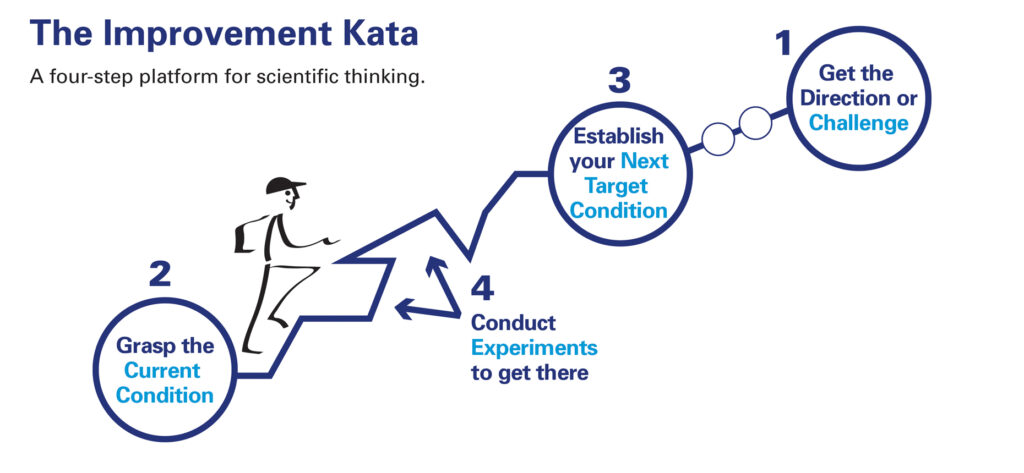The Project Phoenix
📘 The Goal and the Theory of Constraints:
A Timeless Guide to Operational Excellence
Introduction
In 1984, Dr. Eliyahu M. Goldratt published his seminal work, The Goal: A Process of Ongoing Improvement.
This Socratic-style novel follows Alex Rogo, a plant manager racing against time to resolve cost and due-date issues within 90 days—or face the shutdown of his plant.
Since its release, The Goal has:
- Sold over six million copies
- Been integrated into MBA curriculums worldwide
- Influenced generations of business leaders
At the heart of the book lies the Theory of Constraints (TOC)—a methodology that revolutionized how we think about productivity and process improvement.
🧠 The Five Focusing Steps of TOC
Goldratt introduces a five-step process to identify and manage constraints in any system:
1. Identify the Constraint
- Determine the resource (person, machine, material, etc.) that limits the system’s overall output.
- Misidentifying the constraint leads to ineffective solutions.
- Example: In the narrative, Brent is identified as the constraint affecting service restoration.
2. Exploit the Constraint
- Maximize the utilization of the constraint.
- Minimize downtime and ensure it focuses on the most critical tasks.
- Example: Brent’s time is protected from distractions and unplanned work.
3. Subordinate Everything Else
- Align all other processes to support the constraint.
- Adjust workflows and priorities to avoid overwhelming the constraint.
- Drum-Buffer-Rope: A scheduling mechanism to synchronize work with the constraint’s capacity.
4. Elevate the Constraint
- Increase the constraint’s capacity through:
- Additional resources
- Process improvements
- Technological upgrades
5. Repeat the Process
- Once the current constraint is resolved, identify the next one.
- Continuous improvement is key to long-term success.
🧠 Goldratt’s Insight: Improvements made anywhere besides the bottleneck are an illusion.
🔍 Understanding Constraints
Goldratt emphasized that most systems are limited by a small number of critical resources. These bottlenecks dictate the system’s output. Without a trusted system to manage the flow of work to the constraint, it becomes underutilized—wasting potential and reducing throughput.
🏗️ Design, Stability, and Business Outcomes
- Design Matters: Projects like “Phoenix” highlight how poor design leads to unplanned work and instability.
- Outcome vs. Process: Focus on what truly matters—business outcomes, not just task completion.
📚 Other Influential Management Frameworks
🔺 The Five Dysfunctions of a Team – Patrick Lencioni
- Identifies core dysfunctions like:
- Lack of trust
- Fear of conflict
- Emphasizes building trust and vulnerability for team success.
🧬 Toyota Kata – Mike Rother
- Promotes systematic routines (kata) to drive continuous improvement and adaptability.
🚀 Continuous Delivery – Jez Humble & David Farley
- Focuses on:
- Reliable software releases
- System-wide performance over siloed efforts
🛠️ Release It! – Michael T. Nygard
- Guides on designing production-ready software
- Bridges development and operations
📘 Visible Ops & ITIL
- Visible Ops: Practical steps for high IT performance
- Complements ITIL’s descriptive frameworks
🧾 Kanban Methodology – Jim Benson & David J. Anderson
- Manages Work-In-Progress (WIP)
- Improves efficiency in tech environments
⚠️ WIP: The Silent Killer
Three foundational management movements agree on one thing:
- Theory of Constraints
- Lean Production / Toyota Production System
- Total Quality Management
WIP is the silent killer.
Why WIP Control Matters
- Uncontrolled WIP leads to:
- Chronic due-date problems
- Quality issues
- Job and materials release is critical to managing WIP.
Visualizing WIP
-
Kanban boards with index cards are highly effective:
- Make WIP visible
- Improve team coordination
- Enhance flow control
🧭 Final Thoughts
The Goal and the Theory of Constraints continue to offer timeless insights into operational excellence. Whether you’re managing a factory, a software team, or a cross-functional business unit, understanding and managing constraints is essential to achieving meaningful, sustainable improvement.
KATA

